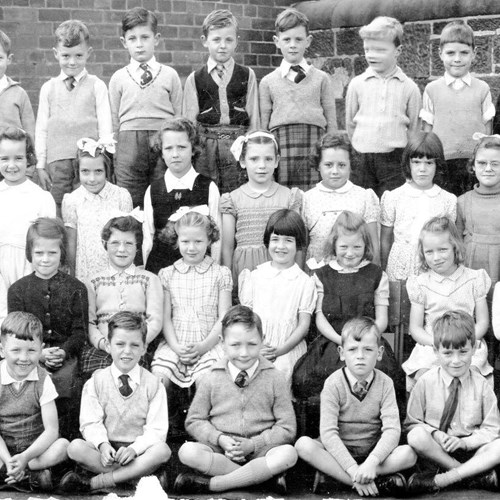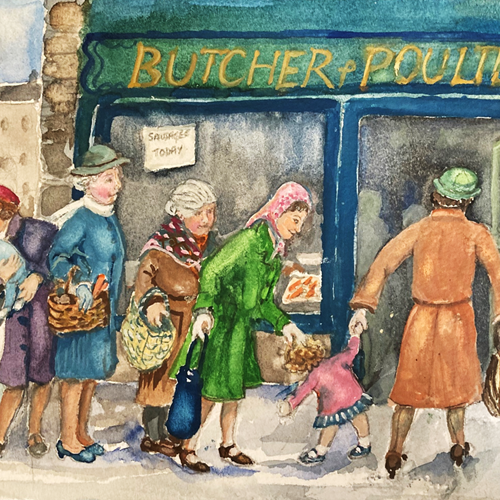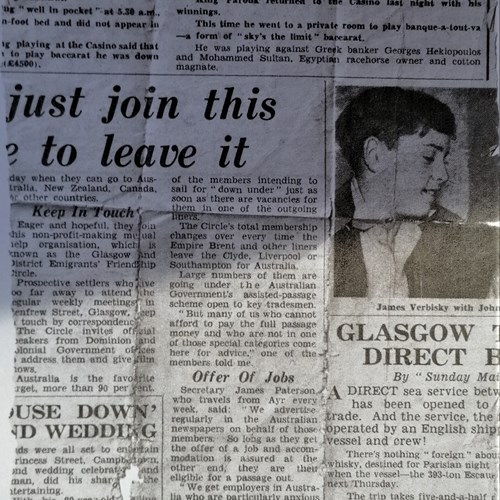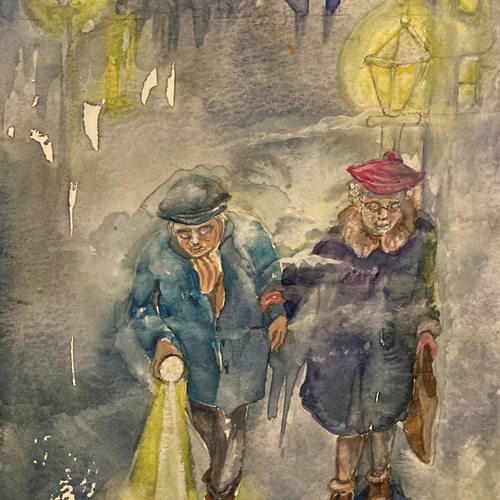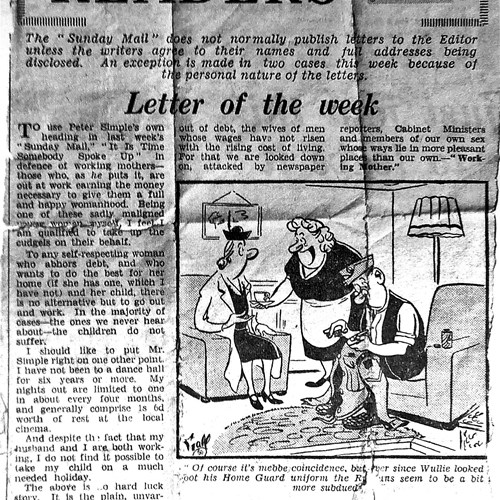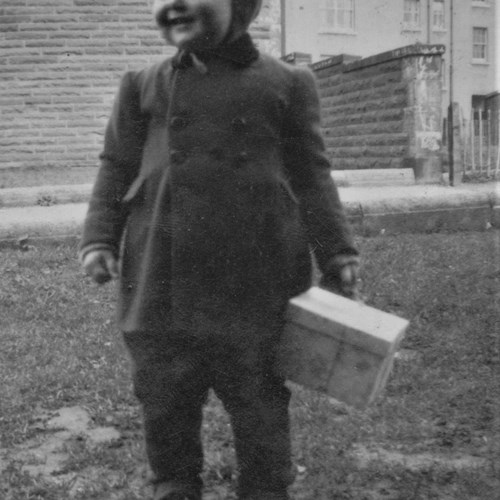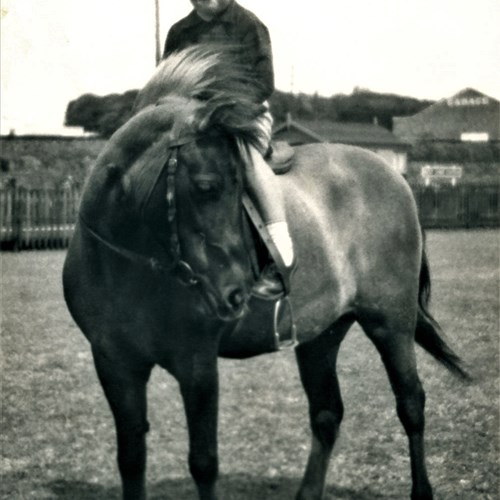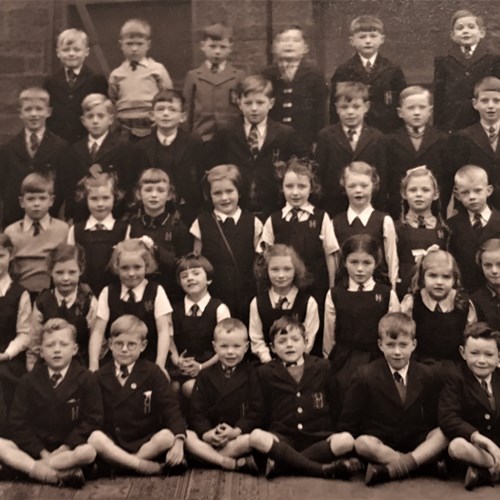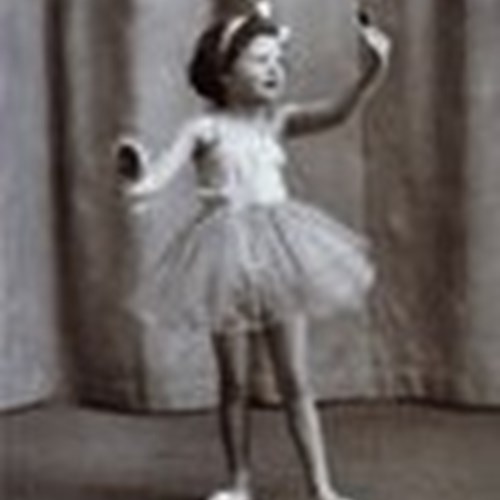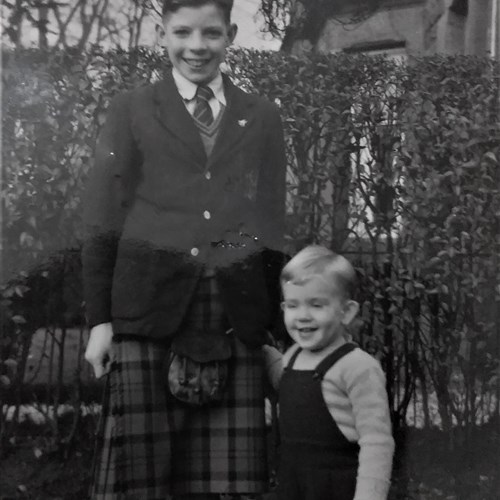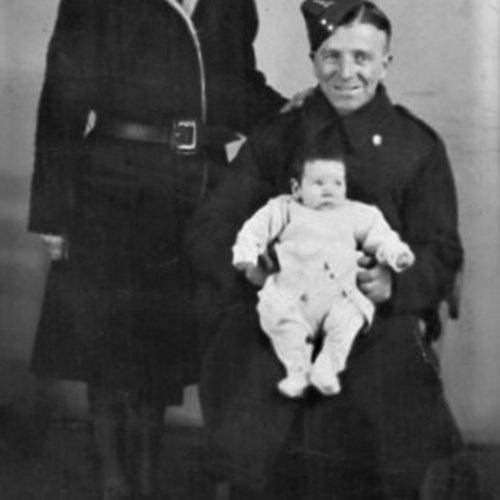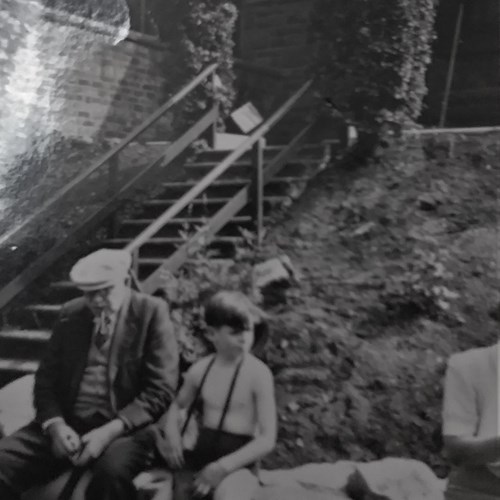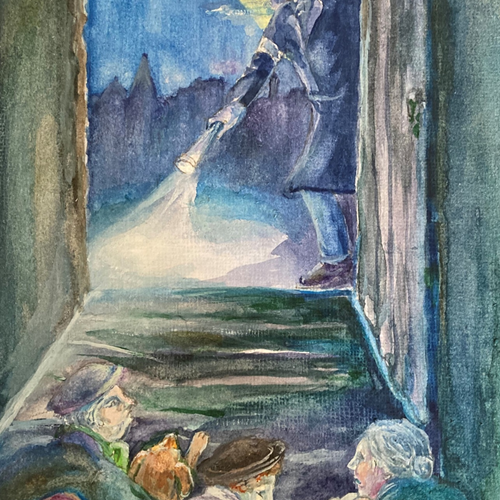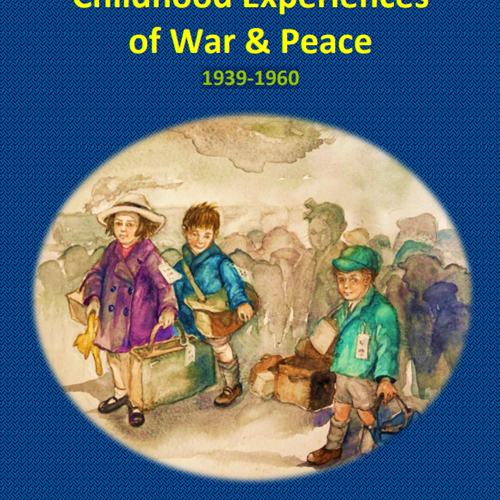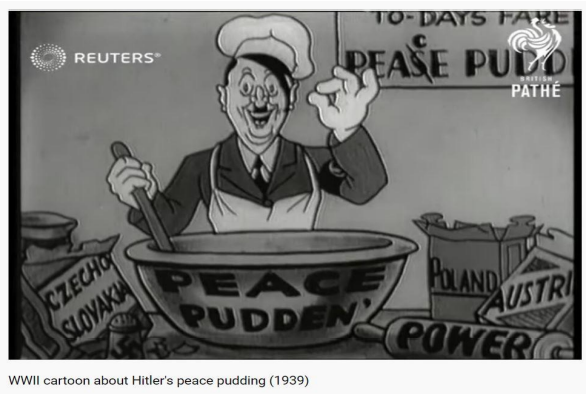
Cinemas provided a means of escapism for those living in Glasgow during the war, helping to distract them from the horrors of the events currently happening. Films and the news programmes and publications were also designed to increase wartime morale and encourage citizens to support the war effort. This was not only in Glasgow, the film industry and cinemas were particularly important to the whole of the United Kingdom. Two days after Britain declared war on Germany, the Government decided to close all public entertainment places, including 4300 cinemas. However, just two weeks later, the Government revoked this, and British cinemas saw a steady growth in popularity. Cinemas in Britain thrived during the hostilities and in the immediate post-war period, with estimated attendances of 30 million a week in 1944 compared to just under 20 million a week in 1939. Cinemas were one of the few public places to remain open during the war and so was a top choice for families wanting to get out of their homes for a distraction. The films shown at cinemas during the war were usually propaganda films sponsored by the government, and featured messages designed to motivate the public to aid the war effort and keep their spirits high.
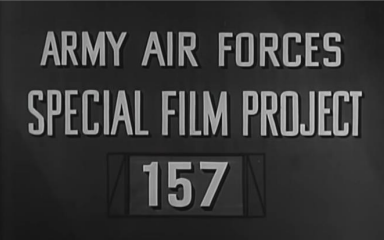
Cinema was an important part of childhood entertainment during the war, and was very popular amongst teenagers and younger children. The Wartime Social Survey, 1943, found that 79% of teenagers said they went to the cinema at least once a week, proving its popularity even during times of adversity. The survey also found that the most popular audience of the cinemas were young, working-class individuals. This group of people were also the least likely to watch the news or read newspapers, so the cinema was a way to reach them and influence them. Part of the reason the cinema was so popular during the war was down to the fact it was most families main source of entertainment, as most did not have televisions in their homes. This caused a peak in cinema attendance in 1946, with 1,635 million admissions in that year. However, in the following years televisions grew in popularity and as a result, cinema admissions decreased. Newsreels stopped as they could no longer keep up with the easily accessed stream of news people could get from the televisions in their homes, programmes that were created by the BBC and ITV. Many big cinemas were replaced by smaller and more modern cinemas, with others being turned into different types of leisure buildings, such as bingo halls, bowling alleys and some offices.
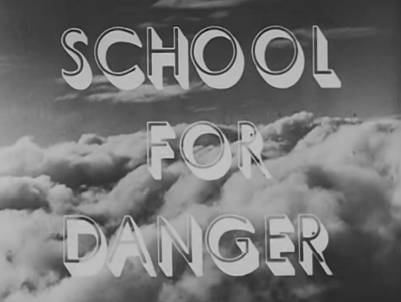
As well as showing films to the public as a way of increasing the spirits of people, cinemas in Glasgow also played their part in the war in other ways. The New Cinema in Motherwell hosted multiple concerts to raise funds for the armed forces. The upstairs office of the ABC Regal, in Coatbridge, was used by the Ministry of Food to count coupons from ration books. Additionally, a lot of cinemas regularly showed information newsreels for people to view during the war. This kept people informed of the current situation the country was facing, and was a chance for them to socialise with others outside of their household. Everyone relied on newsreels to visually keep up with what was happening. People enjoyed the newsreels because they were moving pictures compared to the static images in newspapers, so often people would go to the cinema just to see the newsreel, then leave without watching the current film offering.
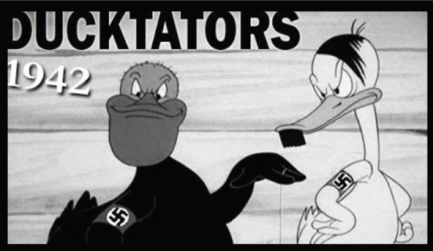
One of the most well-known cinemas in Glasgow was the Glasgow Film Theatre (GFT). Built in 1939 as the ‘Cosmo’, it was the last Glasgow cinema to be built before WWII began. The GFT saw a gap in the market for Glasgow cinemas and showed a lot of European films, as well as British and American films. It was uncommon for Glasgow cinemas to play foreign film, and it instantly gained the GFT popular recognition. Unfortunately, it became more difficult to retrieve foreign films during the outbreak of WWII, but the GFT continued to show British films and newsreels during the hostilities. In February 1946, after the war ended, the GFT became the first British cinema to screen a French film, and they also showed German war-time films in the years following.
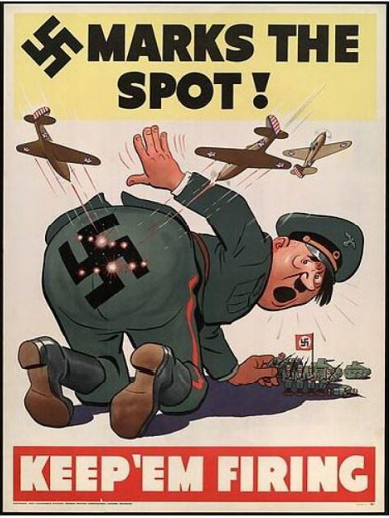
The aftermath of world war two was an extremely important and influential era for films in Britain and, indeed, across the world. This period saw some of the most influential cinematic moments in film history, and many directors produced some unforgettable work. One of these films was ‘Germany ,Year Zero’, released in 1948. This film was shot in Germany only two years after the war ended and has been described as potentially the greatest post-war film ever. It is a chilling reminder of the horrific Nazi rule and the effects it had on families across Berlin, as well as further afield. It provides an insight for the rest of the world into the lives of the German people who lived during and through the aftermath of Nazism and the war.
World War II had an enormous impact on the childhoods of many, and was an important part of growing up. The cinema was used as a means of escapism for lots of people, but especially for children, as it was a way for their life to remain as normal as possible – a way for them to be children. Without the cinema, many children and teenagers would have felt a stronger disconnect from, not only their friends, but from the world, as cinema was a way to reach them through media. The sense of community that cinemas helped to create in Glasgow during the war, through their film viewings and the other ways they helped with the war effort, left a lasting impact on those affected.
